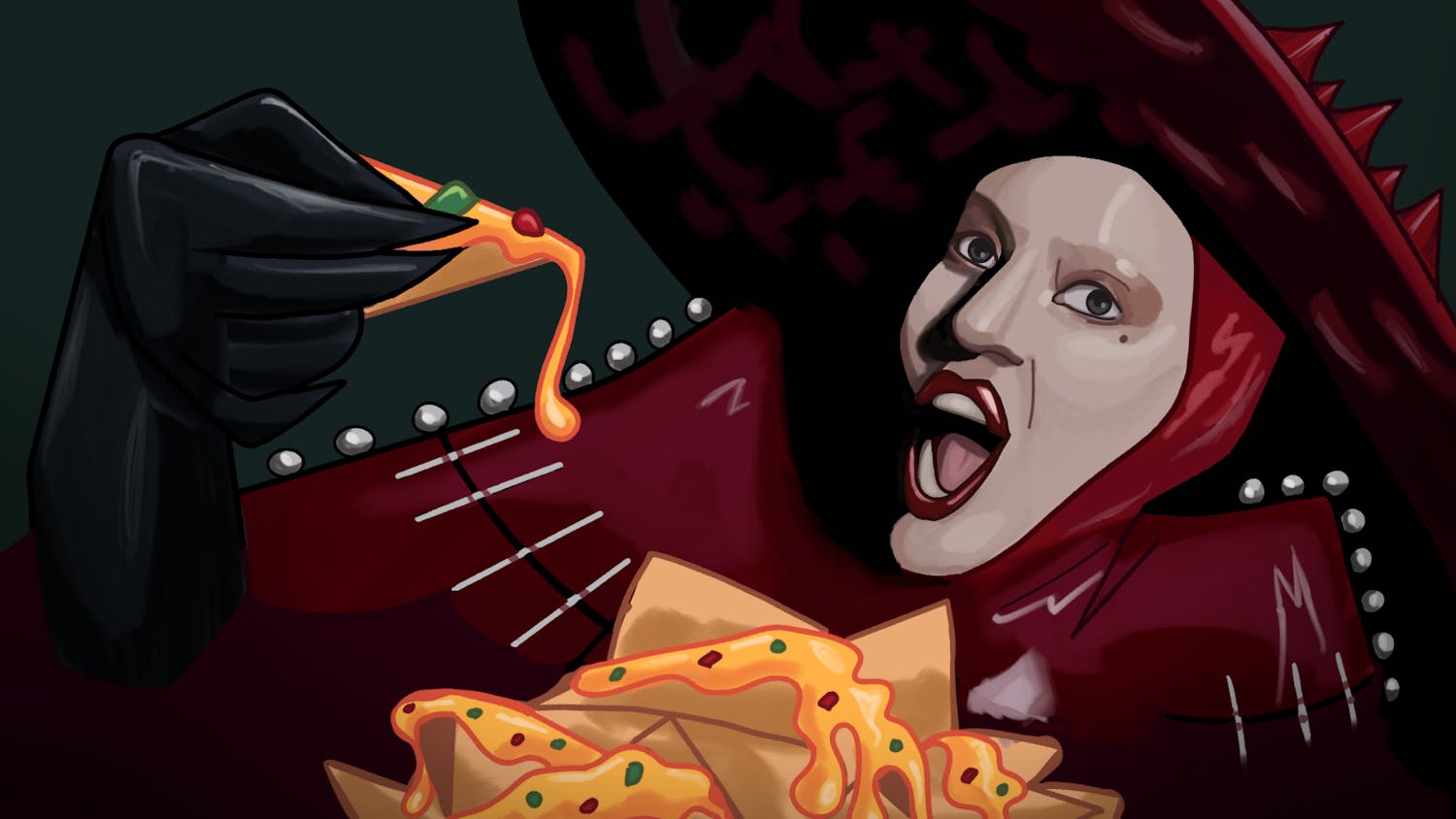In the 1970s, a man named Brian Eno surfaced on the music scene with radical new ideas on how to write and listen to music. Over a long and illustrious career, Eno has produced and inspired some of the world’s top musical talent—David Bowie, Coldplay, The Talking Heads—and the list is undeniably impressive.
Eno was one of the founders of ambient music. Instead of adhering to the conventional rules of songwriting, ambient music is best known for its ethereal sound samples, incorporation of synthesizers and other technology, and compositions that try to create an environment, not just a song.
While Eno himself is a titan in the music industry, largely because of his production skills, ambience still struggles to find a steady audience. Ambient music has gone through some major changes since the ‘70s, and some artists have gained a substantial following. However, the genre is still misunderstood (for lack of a better term) by most people.
The word ambient itself means to be of the environment or surrounding area, which some might take as a bad thing when thinking of music—it isn’t direct.
It’s rare to find a lyrical melody backed by consonant harmonization and common rhythm (the triumvirate of most modern music) in an ambient tune, which is unfortunately an automatic turn-off for a lot of people. For whatever reason, many only listen to music with singing. This throws a good portion of the ambient catalogue out the window.
Not only does a lot of ambient music lack lyrics, it is sometimes void of a melody altogether. Counterpoint theory explains the importance of building melodies into music. Ambient artists often ignore this.
A common way of creating ambience is by gradually layering tones and incorporating volume swells. This forces listeners to feel the life of a composition. One doesn’t just listen to ambience like any other type of music; you become a part of the song, which will often begin and end completely differently. Ambience is a voyage—even allegorically, in a way.
Another thing that might turn people away from ambient music is the fact it’s hard to identify. In 2010, I saw the Chicago Symphony Orchestra perform John Luther Adams’ composition “Dark Waves.” Adams was actually at the concert, so I decided to go talk to him during intermission. The piece, “Dark Waves,” was very ambient, in my eyes. The orchestra fluidly transitioned between barely-changing chords in a constantly evolving time signature.
However, when I asked Adams about when he became inspired to start writing ambient music, he sort of gave me a funny look. Adams said that he didn’t feel “Dark Waves” was ambient (a statement I still consider a defense against being labeled as someone who writes “background music”).
Maybe Adams got a bit defensive with me, or maybe he really didn’t see himself as an ambient composer. With so many sub-genres that play off ambience somehow, we could both technically be right.
Even groups that rely heavily on melody, such as current post-rockers Explosions in the Sky and This Will Destroy You…, incorporate ambience into their music. In fact, ambience is one of the best ways to draw added attention to melodies later on.
A lot of people are bored by ambient music. I have to argue that this is because they aren’t listening to it with the right mindset. So how does one listen to ambience? It’s actually quite simple.
Listening to ambience is almost meditative. I would describe ambient music as trying to create an experience more than tell a story—it’s living a moment, not jarring someone’s memory. The music comes in through the ears and makes you feel heavy and lost. Then it wanders up your spine. You get goosebumps, but still somehow feel warm inside. Ambient music can take your emotions for an incredible ride if you allow.
Don’t be afraid to dip your feet into ambient music for the first time. There are plenty of artists that intersperse ambience within their music without going overboard. Some of my personal favorites are Philip Glass, Radiohead’s “Kid A,” Boards of Canada and Robert Fripp. A lot of their most emotionally moving music incorporates ambience. If you want to jump into something a bit more intense, Godspeed You! Black Emperor and Autechre both deliver.
While ambient music is a 20th century innovation, its implications are timeless. Ambient artists capture life in ways nobody else does by emanating feelings, emotions, and a sense of experience through their music.





